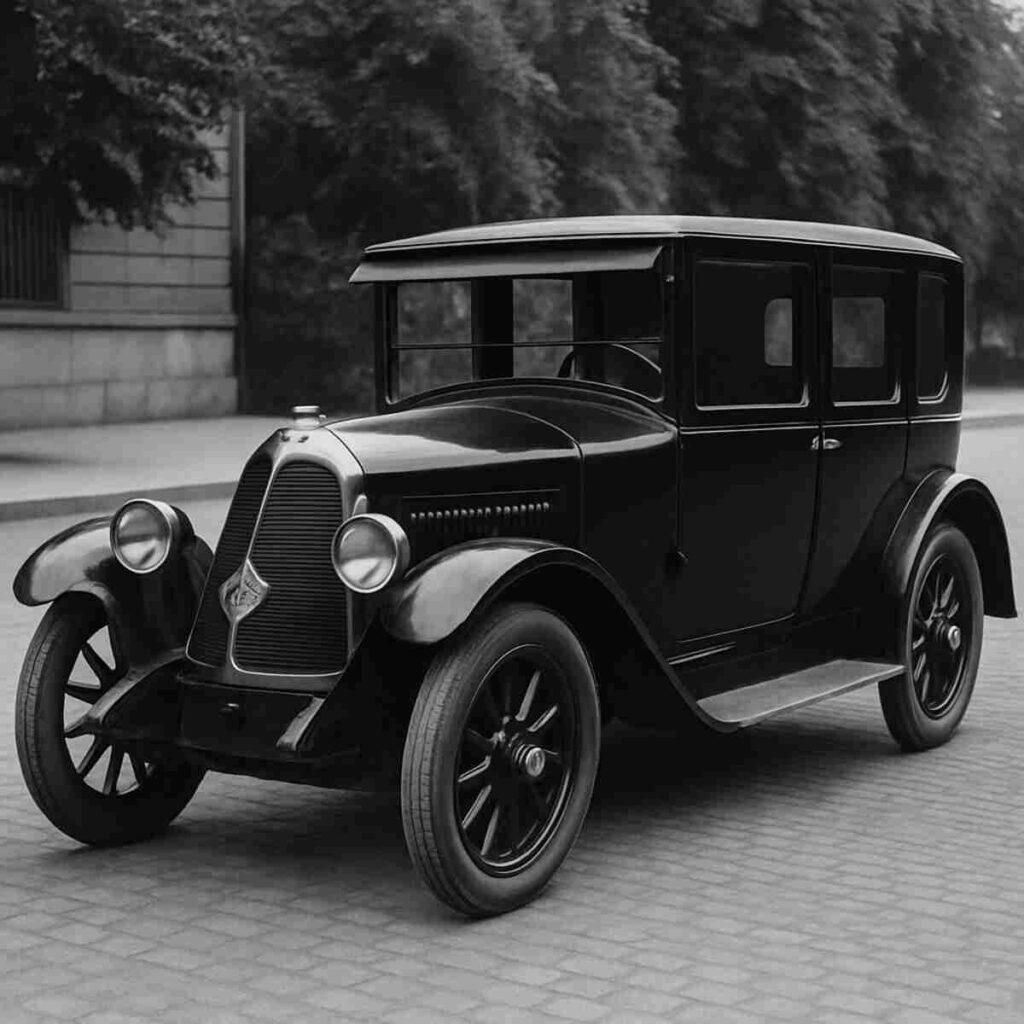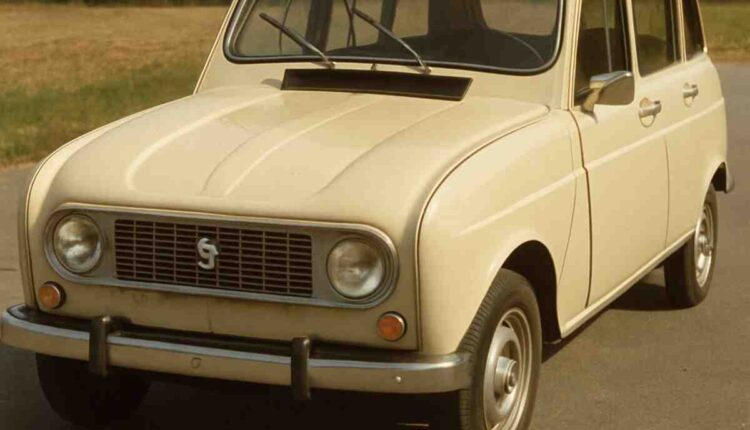Hey there, car enthusiasts and history buffs! Today, we’re diving into the fascinating world of Renault cars. You might be wondering how this iconic brand has evolved over the years, from its humble beginnings to the sleek models we see on the roads today. Buckle up as we take a fun and casual journey through the evolution of Renault cars! Pick out the evolution of Renault cars.
The Birth of Renault: A Peek into History
Let’s rewind to the late 19th century when the Renault adventure began. Founded in 1899 by the brilliant Louis Renault and his brothers, Marcel and Fernand, the company quickly made its mark in the automobile world. Back then, cars were more of a novelty than a necessity, and Renault was at the forefront of innovation.
The Renault Brothers: Visionaries of Their Time
The Renault brothers were not just entrepreneurs; they were visionaries. Louis, in particular, had a knack for engineering, and he was instrumental in designing the first Renault car, the Renault Voiturette 1CV. His innovative spirit set the tone for the company’s future. Marcel and Fernand, on the other hand, were pivotal in managing the business aspects, ensuring the brand’s early success.
Breaking New Ground: Renault’s Early Innovations
Renault was among the first to experiment with different car technologies. The company pioneered the use of direct drive, which eliminated the need for a chain, a common feature in early automobiles. This invention was a game-changer, as it improved the car’s efficiency and performance, setting Renault apart from its competitors of the time.
The Voiturette: Renault’s First Masterpiece
The Renault Voiturette was more than just a car; it was a masterpiece of engineering and design. It featured a 0.75-horsepower engine and could reach a top speed of 20 miles per hour. Despite its modest specifications by today’s standards, it was a marvel of its time, representing the dawn of a new era in personal transportation.
The Roaring Twenties: A Time of Transformation
The 1920s marked a significant shift in the automotive industry, and Renault was right in the thick of it. This was the era when cars started to become more accessible to the general public. Renault responded by producing more affordable models that didn’t compromise on style or performance.

The Expansion Era: Growing the Renault Family
During the 1920s, Renault expanded its lineup significantly. The company introduced a range of models to cater to different market segments, from the compact Renault 6CV to the luxurious Renault 40CV. Each model was designed with a specific audience in mind, showcasing Renault’s ability to adapt to market demands.
Design Evolution: Blending Form and Function
Renault cars of the 1920s were a blend of form and function. The vehicles were designed not only to be aesthetically pleasing but also to enhance the driving experience. The introduction of features like enclosed cabins and enhanced suspension systems made Renault cars more comfortable and appealing to a broader audience.
Marketing Strategies: Bringing Renault to the Masses
Renault’s success in the 1920s was not just about innovation and design; it was also about effective marketing. The company engaged in strategic advertising campaigns and participated in automobile shows, which helped to raise brand awareness and establish Renault as a household name.
The Post-War Boom: A New Era of Innovation
Fast forward to the post-World War II era, a time of great change and innovation in the automotive world. Renault played a pivotal role in this transformation, introducing models that were not only efficient but also affordable. The iconic Renault 4CV, launched in 1946, became a symbol of post-war recovery and prosperity.
The 4CV: A Symbol of Hope and Recovery
The Renault 4CV was more than just a car; it was a symbol of hope and recovery in post-war Europe. Its compact size and economic fuel consumption made it accessible to a population eager to rebuild. The 4CV’s affordability and practicality helped it become a bestseller, cementing Renault’s place in the hearts of many.
Technological Advancements: Setting New Standards
The post-war era saw Renault pushing the boundaries of automotive technology. The 4CV, for instance, featured a rear-engine layout, which was revolutionary at the time. This design choice improved weight distribution and handling, setting new standards for small cars in the industry.
The Global Impact: Renault’s International Reach
With the success of the 4CV, Renault began to expand its reach beyond Europe. The car was exported to various countries, and its popularity helped to establish Renault as a global brand. The company’s ability to meet international demand was a testament to its production capabilities and strategic foresight.
The Swinging Sixties: Embracing Modernity
The 1960s brought a wave of modernization, and Renault was eager to ride that wave. The company introduced several new models, each with its own unique flair. From the chic Renault Dauphine to the versatile Renault 4, these cars captured the spirit of the decade.
The Dauphine: A French Delight
The Renault Dauphine was a delightful addition to the brand’s lineup, embodying the style and sophistication of the 1960s. Its compact design and smooth ride made it a favorite among city drivers. The Dauphine’s success was due in part to its clever marketing, which highlighted its elegance and efficiency.
Renault 4: The Everyman’s Car
Ah, the Renault 4! This little gem was designed to be as versatile as possible, and it succeeded brilliantly. Whether you needed a family car or a utility vehicle, the Renault 4 had you covered. Its simple yet effective design made it a hit with drivers around the world, and its ability to adapt to various roles ensured its lasting appeal.
Cultural Impact: Renault in Pop Culture
The 1960s were a time of cultural change, and Renault cars were part of that narrative. The vehicles appeared in films and television shows, becoming symbols of modernity and progress. This cultural presence helped to solidify Renault’s status as a forward-thinking and innovative brand.
The 80s and 90s: A Time of Reinvention
As we cruised into the 1980s and 1990s, Renault continued to reinvent itself. This was a period of bold experimentation and exciting new models. The company embraced cutting-edge technology and design, resulting in cars that were both innovative and stylish.
Design Revolution: Bold and Beautiful
The 1980s and 1990s were all about bold designs and innovative engineering. Renault introduced models like the Espace, the first minivan in Europe, which redefined family travel. The company’s willingness to experiment with new concepts and designs kept it at the forefront of the industry.
Technological Integration: The Digital Age
This era saw the integration of digital technology into Renault vehicles. Features like onboard computers and digital dashboards became more common, enhancing the driving experience. Renault’s commitment to incorporating the latest technology helped it maintain its reputation as an industry leader.
The Clio Phenomenon: A New Generation’s Choice
Introduced in 1990, the Renault Clio quickly became a modern classic. With its sleek design and advanced features, it appealed to a new generation of drivers. The Clio was more than just a car; it was a statement of style and sophistication, embodying the spirit of the times and setting new standards for small cars.
The Present Day: A Global Leader in Innovation
Today, Renault stands as a global leader in the automotive industry, known for its commitment to innovation and sustainability. The company’s lineup includes everything from electric vehicles to high-performance sports cars, each designed to meet the needs of today’s drivers.
Commitment to Sustainability: Leading the Green Revolution
Renault has embraced the electric revolution with open arms. Models like the Renault Zoe and the Renault Twizy showcase the brand’s dedication to sustainable mobility. These electric vehicles are not only eco-friendly but also packed with advanced technology and features, reflecting Renault’s commitment to a greener future.
Advanced Technology: Cars of Tomorrow
Renault continues to push the boundaries of technology with features like autonomous driving and connected car systems. The company is investing heavily in research and development to ensure its vehicles are equipped with the latest advancements. This focus on future technologies ensures Renault remains at the cutting edge of the automotive industry.
Global Strategy: Expanding Horizons
Renault’s global strategy involves expanding its presence in emerging markets and strengthening its partnerships. The company is actively working to increase its market share in regions like Asia and South America. By focusing on global expansion, Renault aims to continue its growth and maintain its position as a leader in the automotive world.
Conclusion: A Legacy of Innovation and Excellence
So, there you have it—a whirlwind tour of how Renault cars have transformed over time. From their elegant beginnings to their modern-day innovations, Renault has consistently pushed the boundaries of what’s possible in the automotive world. Whether you’re a seasoned car enthusiast or just curious about the history of this iconic brand, there’s no denying the impact Renault has had on the industry.
Next time you see a Renault on the road, take a moment to appreciate the rich history and innovation that have gone into making it the car it is today. Happy driving!










